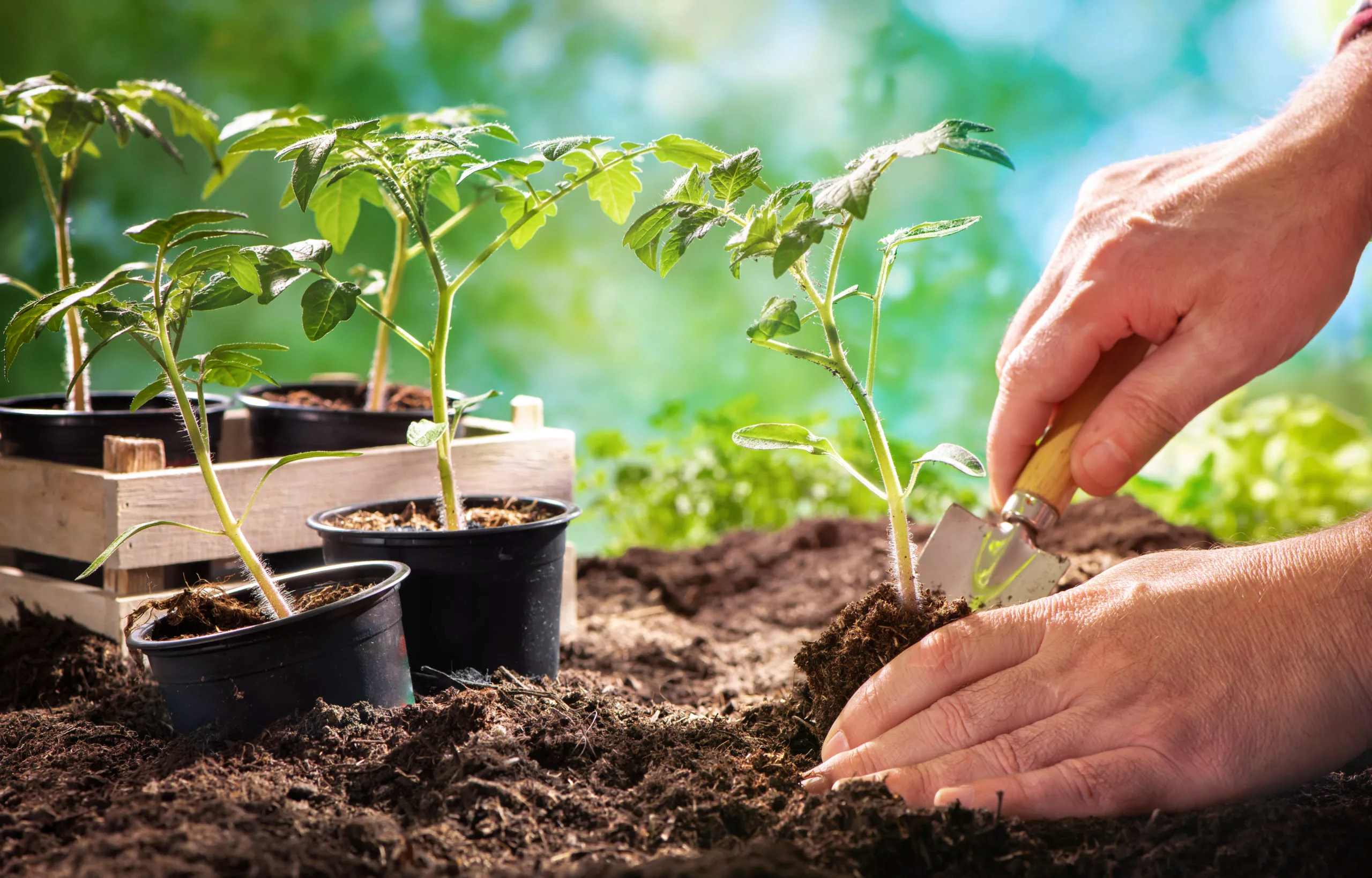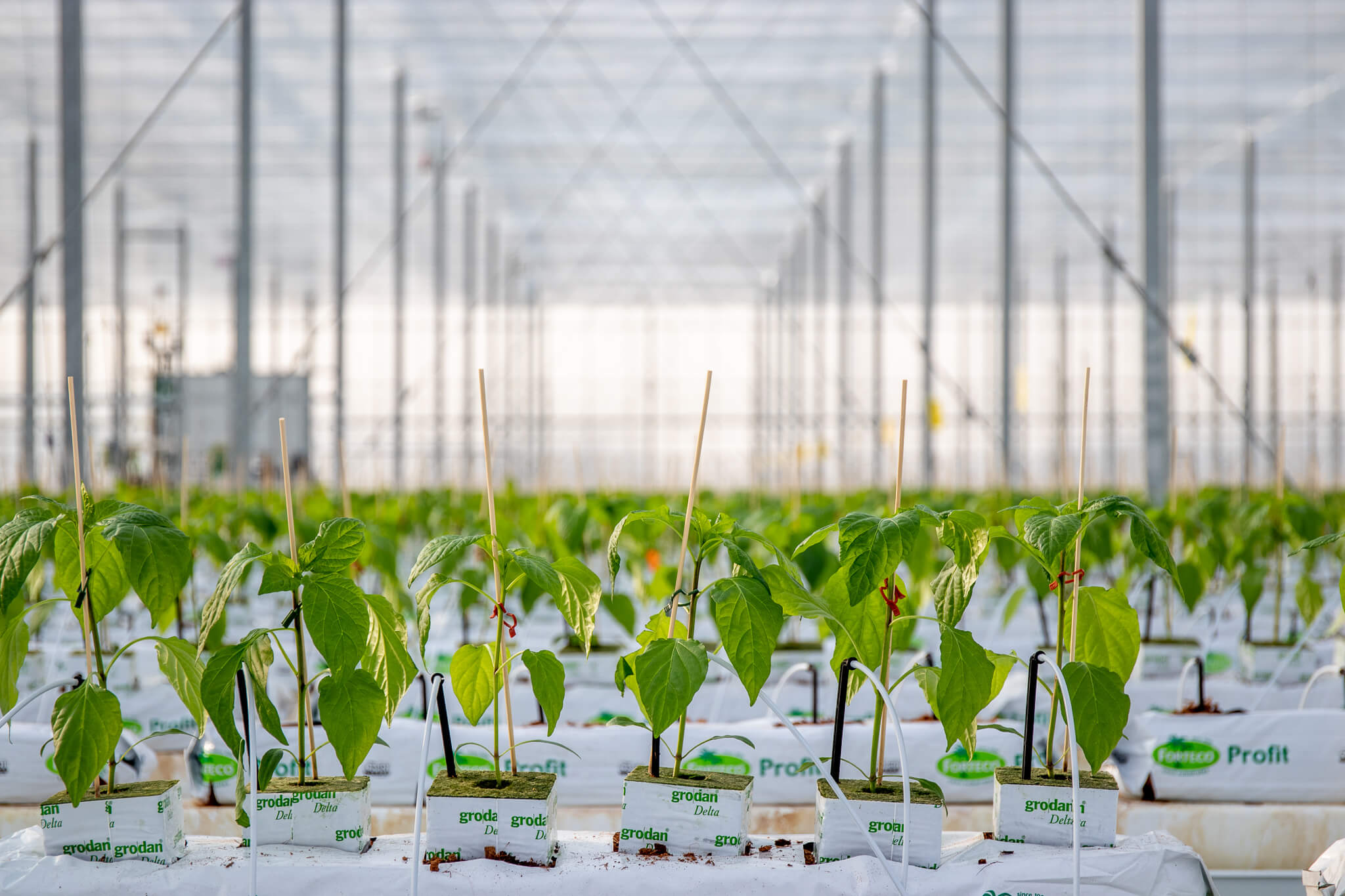Home>Gardening Basics>Understanding Soil>When To Plant Vegetables In Colorado


Understanding Soil
When To Plant Vegetables In Colorado
Modified: January 22, 2024
Discover the best times to plant vegetables in Colorado and how understanding soil quality can optimize your gardening success.
(Many of the links in this article redirect to a specific reviewed product. Your purchase of these products through affiliate links helps to generate commission for Chicagolandgardening.com, at no extra cost. Learn more)
Table of Contents
Introduction
When it comes to gardening and growing vegetables, one of the critical factors to consider is the region’s climate and soil conditions. In the state of Colorado, the unique topography and varying elevations can pose a challenge for vegetable growers. However, with proper planning and understanding of the planting seasons, you can have a successful vegetable garden that thrives in the Colorado climate.
Colorado experiences a wide range of weather conditions, including hot summers, cold winters, and sudden temperature changes. Additionally, the state is known for its diverse soil types, from clay to sandy soils, requiring specific considerations while planting vegetables. Therefore, it is crucial to identify the right time to plant vegetables in Colorado to maximize your garden’s productivity.
In this article, we will explore the factors to consider when determining the planting seasons for vegetables in Colorado. We will also provide a guide on when to plant different types of vegetables, along with some valuable tips for successful vegetable gardening in the state.
Whether you’re a beginner or an experienced gardener, understanding the optimal planting times and techniques will help you achieve bountiful harvests and enjoy the rewards of your labor.
Factors to Consider
Before diving into the specific planting seasons for vegetables in Colorado, it’s essential to consider certain factors that can greatly influence the success of your garden. These factors include:
- Climate: Colorado’s climate varies significantly based on region and elevation. The eastern plains have a semiarid climate with hot summers and cold winters, while the western mountains experience colder temperatures and heavier snowfall. Understanding your specific climate zone will help you determine the best time to plant various vegetables.
- Frost Dates: Frost can be a challenge for vegetable gardeners in Colorado. The average last spring frost date and the first fall frost date vary across the state. Knowing these dates for your area is crucial for determining when it is safe to plant frost-sensitive vegetables.
- Elevation: Colorado’s varying elevations greatly impact its climate and growing conditions. Higher elevations have shorter growing seasons, cooler temperatures, and a higher risk of frost. Adjusting planting times based on elevation is crucial to ensure proper growth and yield.
- Soil Quality: Colorado’s soil types range from clayey to sandy, and each has specific moisture retention and drainage properties. Before planting, it’s essential to assess the soil quality and make any necessary amendments to ensure optimal growing conditions for vegetables.
- Microclimates: Colorado’s diverse topography creates microclimates within the state. For example, southern Colorado tends to be warmer than the northern regions. Identifying any microclimates in your area can help you fine-tune your planting schedule and choose suitable vegetable varieties.
By considering these factors, you can make informed decisions about when to plant vegetables in Colorado. Understanding the unique circumstances in your region will give your garden the best chance for success.
Planting Seasons by Vegetable
Now that we have discussed the factors to consider, let’s explore the specific planting seasons for different vegetables in Colorado:
- Root Vegetables: Root vegetables like carrots, radishes, and beets can be planted as soon as the soil can be worked in early spring. They thrive in cooler temperatures and can be planted again in late summer for a fall harvest.
- Leafy Greens: Leafy greens such as lettuce, spinach, and kale prefer cooler weather. You can start planting them in early spring, and as temperatures warm up, switch to their heat-tolerant varieties for a continuous harvest throughout the summer.
- Cruciferous Vegetables: Vegetables like broccoli, cauliflower, and cabbage should be started indoors 4-6 weeks before the last spring frost date. Once the seedlings are well-established, they can be transplanted into the garden. These vegetables can also be planted again in late summer for a fall harvest.
- Tomatoes and Peppers: Warm-season crops like tomatoes and peppers require warm soil and temperatures above 50°F (10°C) to thrive. Start them indoors 6-8 weeks before the last spring frost date, and transplant them into the garden once all danger of frost has passed.
- Beans and Peas: Beans and peas are well-suited for Colorado’s climate. They can be planted directly in the garden after the last spring frost date and again in late summer for a fall crop.
- Squash and Cucumbers: Squash and cucumbers love the heat and should be planted in late spring once the soil has warmed up. Give them ample space to spread and grow, and ensure consistent moisture throughout the growing season.
Remember to refer to your specific climate zone and local frost dates to determine the optimal time to plant each vegetable. Adjusting planting times based on elevation and microclimates will also help you make the most of the growing season and avoid potential frost damage.
By following these guidelines for planting seasons, you can ensure a steady supply of fresh and delicious vegetables from your Colorado garden throughout the year.
Tips for Successful Vegetable Planting in Colorado
Planting vegetables in Colorado can be a rewarding endeavor, but it does require some extra care and consideration. Here are some valuable tips to help you achieve success in your vegetable garden:
- Amend the Soil: Colorado soils often lack organic matter and may have alkaline pH levels. Before planting, amend the soil with compost or well-rotted manure to improve its fertility, structure, and drainage.
- Optimize Watering: Colorado’s arid climate requires consistent watering for vegetables to thrive. Use mulch to retain moisture, water deeply but infrequently to encourage deep root growth, and consider using drip irrigation systems to minimize water loss through evaporation.
- Protect from Extreme Temperatures: Colorado can experience sudden temperature fluctuations. Use row covers or cold frames to protect plants from late spring frosts and provide shade during hot summer days to prevent heat stress.
- Practice Crop Rotation: Rotating crops each year helps prevent the buildup of diseases and pests in the soil. Plan your garden layout to rotate different vegetable families to maintain soil health and minimize the risk of pests and diseases.
- Monitor Pests and Diseases: Colorado is home to various pests and diseases that can affect vegetable plants. Regularly inspect your plants for signs of damage, implement organic pest control methods when necessary, and promptly address any disease outbreaks to prevent their spread.
- Provide Adequate Sunlight: Most vegetable crops require full sun to thrive. Plan your garden layout in a way that maximizes sunlight exposure for your plants.
- Stagger Plantings: To ensure a continuous harvest throughout the growing season, stagger your plantings. This will prevent an overwhelming abundance of vegetables at once and allow for a more manageable and consistent supply.
By following these tips, you can optimize growing conditions for your vegetables and increase your chances of a successful harvest in Colorado’s unique climate and soil conditions.
Conclusion
Gardening in Colorado can be a rewarding and fruitful experience, provided you understand the unique climatic and soil conditions that exist in the state. By considering factors such as climate, frost dates, elevation, soil quality, and microclimates, you can determine the optimal planting seasons for vegetables and set your garden up for success.
Remember to refer to specific guidelines for each vegetable, as they have different temperature and soil requirements. Planting root vegetables, leafy greens, cruciferous vegetables, tomatoes, peppers, beans, peas, squash, and cucumbers at the right times will ensure healthy growth and bountiful harvests.
In addition to planting at the appropriate times, implementing the recommended tips for successful vegetable gardening in Colorado will further increase your chances of success. By amending the soil, optimizing watering, protecting from extreme temperatures, practicing crop rotation, monitoring pests and diseases, providing adequate sunlight, and staggering plantings, you can create an ideal environment for your vegetables to thrive.
With proper planning, care, and attention, your vegetable garden in Colorado can provide you with a continuous supply of fresh, nutritious produce throughout the growing season. Embrace the challenges and joys of gardening in this unique state, and enjoy the rewards of your labor as you taste the flavors of homegrown vegetables.










